The world of hummingbirds is a realm of ceaseless motion and vibrant colors, captivating the imagination with their dazzling aerial displays and rapid, jewel-like flight.
Yet, beneath their delicate appearance lies an astonishing ability to cover impressive distances without the need to eat or drink.
From migratory journeys that span hundreds of miles to their unique adaptations for energy conservation, the feats of hummingbirds in flight are a testament to their remarkable resilience and survival strategies.
In exploring the question of how far do hummingbirds fly without to eat or drink we unveil a world of energy-efficient flight, efficient metabolism, and the intricacies of torpor—a transient state that aids their endurance.
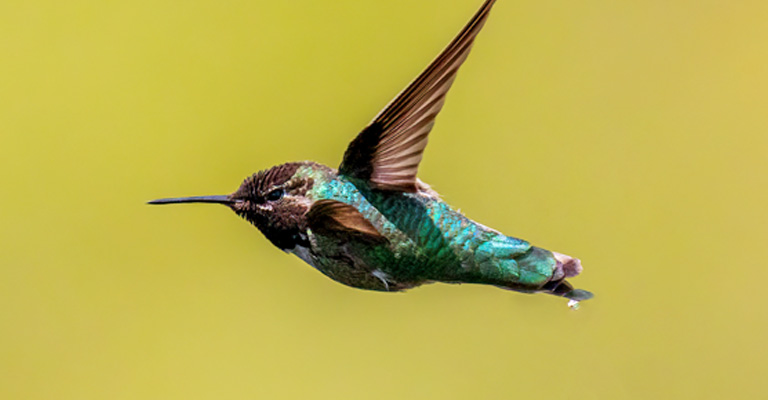
How Far Do Hummingbirds Fly Without To Eat Or Drink?
Hummingbirds are remarkable avian marvels known for their energetic flight and insatiable need for nectar.
Here are seven fascinating facts about how far hummingbirds can fly without eating or drinking:
Energetic Metabolism:
Hummingbirds possess an extremely high metabolism, fueled by their rapid wing beats, which can range from 50 to 80 beats per second.
This metabolism enables them to cover impressive distances while sustaining their energy levels.
Fuel Reserves
Before embarking on longer flights, hummingbirds stock up on food, building up fat reserves to serve as energy stores during periods of flight without feeding.
These reserves allow them to sustain their activity levels even when nectar sources are temporarily unavailable.
Migration Feats
Some hummingbird species are migratory and travel substantial distances during seasonal migrations.
For example, the Ruby-throated Hummingbird crosses the Gulf of Mexico, covering around 500 miles nonstop during its migration.
Torpor Conservation
Hummingbirds have a unique ability to enter a state of torpor—a temporary hibernation-like condition—to conserve energy during the night or when food is scarce. This allows them to survive without feeding for hours or even days.
Adapted Physiology
Their lightweight bodies, specialized wing structure, and efficient respiratory system minimize energy expenditure during flight.
These adaptations aid in prolonged flight and help them navigate long distances without frequent breaks.
Search for Nectar
When hummingbirds are hungry or thirsty during flight, they actively search for nectar sources by flying from flower to flower.
Their keen eyesight and quick maneuvers aid them in locating these essential food and hydration sources.
Territorial Behavior
Hummingbirds establish territories with abundant nectar sources, ensuring they have a readily available supply of food.
This territorial behavior helps reduce the need for prolonged flight without access to sustenance.
Hummingbirds’ exceptional adaptations, torpor capabilities, fat reserves, and efficient metabolism enable them to cover considerable distances without consuming food or water.
From migratory feats to sustained flight during nectar searches, these tiny dynamos showcase the marvels of avian energy management and survival strategies.
How Can I Help A Hungry Hummingbird?
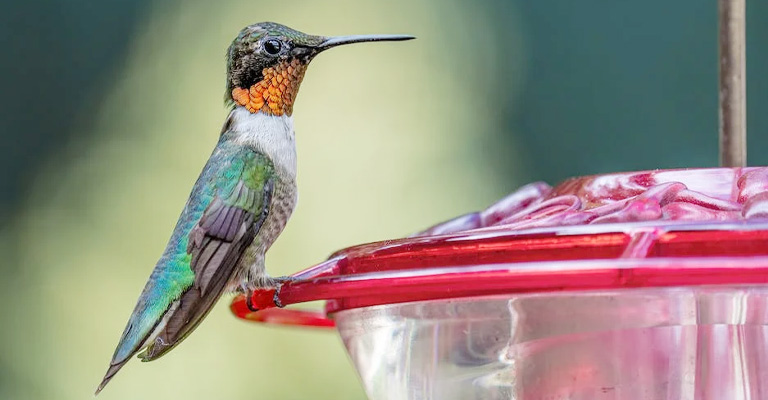
Hummingbirds are amazing birds that can fly long distances without eating or drinking, but they also need a lot of food and water to fuel their flight.
If you want to help a hungry hummingbird, here are some tips you can follow:
Provide Natural Food Sources
Hummingbirds feed on nectar from flowers and insects. You can plant native flowers and flowering shrubs and trees that produce nectar-rich blooms, such as honeysuckle, coral bells, bee balm, salvia, and trumpet vine.
You can also avoid using pesticides or insecticides that may harm hummingbirds or their food sources.
Provide Artificial Food Sources
Hummingbirds can also feed on sugar water from feeders. You can make your own hummingbird food by mixing one part white sugar with four parts water and boiling it for a few minutes.
Do not use honey, brown sugar, artificial sweeteners, or red dye, as they may be harmful to hummingbirds. You can also buy ready-made hummingbird nectar from stores or online.
Provide Clean And Fresh Food
Hummingbirds are very sensitive to spoiled or contaminated food. You should change the nectar in your feeders every two to three days or more often in hot weather.
You should also clean your feeders regularly with hot water and vinegar or bleach to prevent mold and bacteria growth. You should also rinse your feeders thoroughly before refilling them.
Provide Multiple And Varied Food Sources
Hummingbirds are territorial and competitive birds that may chase away other hummingbirds from their food sources.
You can provide multiple feeders in different locations and heights to accommodate more hummingbirds and reduce conflicts.
You can also use different types of feeders, such as saucer, bottle, or window feeders, to attract different hummingbirds.
Provide Water Sources
Hummingbirds need water not only for drinking but also for bathing and preening. You can provide water sources such as birdbaths, fountains, misters, or drippers for hummingbirds to drink and bathe in.
You should also keep the water sources clean and fresh by changing the water regularly and scrubbing the containers with a brush1.
Provide Shelter And Protection
Hummingbirds need shelter and protection from predators, weather, or human disturbance. You can provide shelter and protection by planting trees, shrubs, vines, or hedges that offer cover and nesting sites for hummingbirds.
You can also place your feeders and water sources near these plants to provide easy access and escape routes for hummingbirds.
Provide Respect And Appreciation
Hummingbirds are wild birds that deserve respect and appreciation for their beauty and abilities. You can provide respect and appreciation by observing them from a distance and not disturbing them while they feed or rest.
You can also learn more about hummingbirds by reading books, websites, or apps that provide information on their identification, behavior, migration, and conservation.
Which Bird Can Live Further Without Eating Or Drinking?
There is no definitive answer to which bird can live the longest without eating or drinking, as different birds have different adaptations and strategies to cope with food and water scarcity.
However, based on the web search results, here are some possible candidates for birds that can survive for a long time without food or water:
Pigeons:
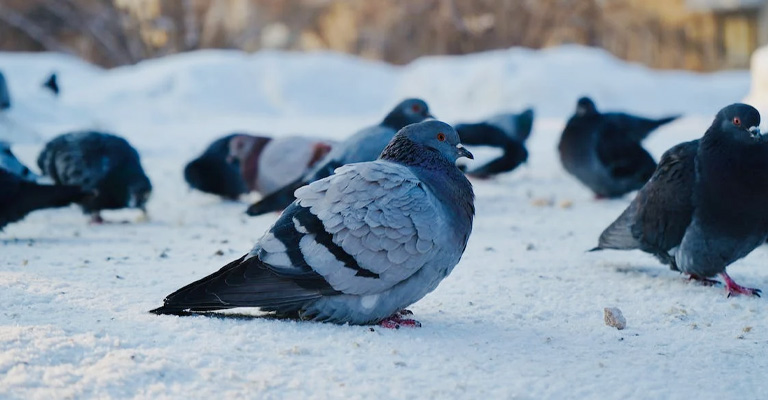
Pigeons are one of the most resilient birds when it comes to survival. They can go without food or water for long periods of time and still come out healthy on the other end.
A pigeon can survive up to three weeks without food but will only last about two days without water.
Hummingbirds:
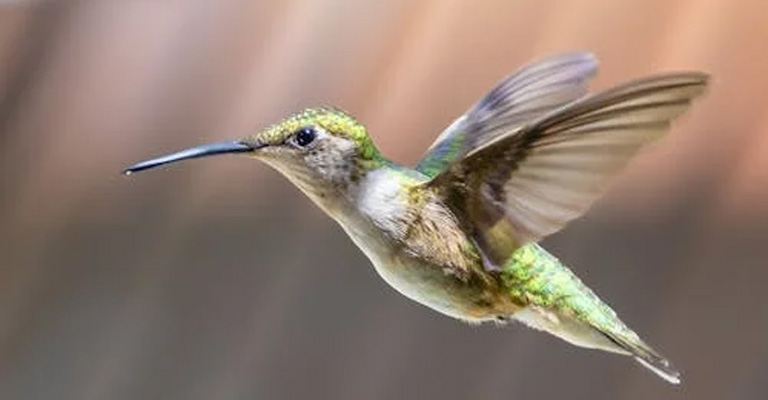
Hummingbirds have the highest metabolism of any animal, which means they need to consume a lot of food and water to fuel their flight.
However, they also have the ability to go into a state of torpor, which is a deep sleep that lowers their body temperature and slows down their heart rate and breathing.
This helps them conserve energy and survive cold nights or food shortages. A hummingbird can survive up to two weeks without food but will only last about one day without water.
Vultures:
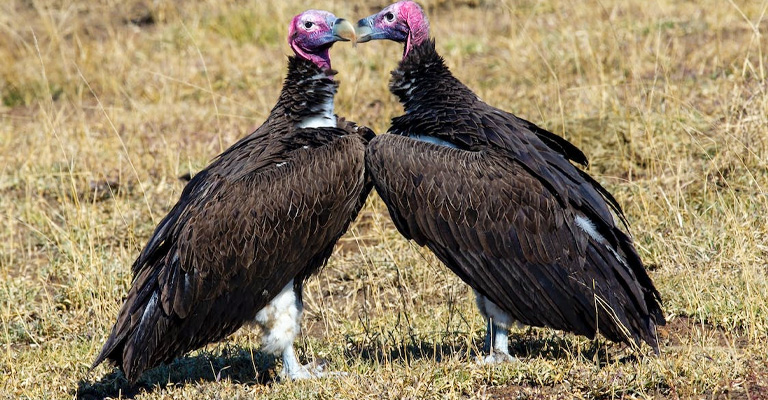
Vultures are scavengers that feed on carrion, which is the dead or decaying flesh of animals. They have a strong immune system and a highly acidic stomach that allows them to digest rotten meat without getting sick.
They also have a large crop, which is a pouch in their throat that stores food for later digestion. A vulture can survive up to two weeks without food but will only last about three days without water.
Penguins:
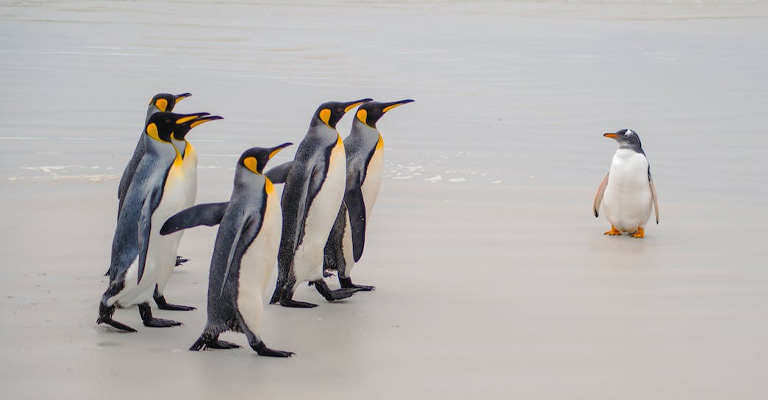
Penguins are flightless birds that live in cold and harsh environments. They have thick feathers and a layer of fat that insulate them from the cold. They also have a large stomach that can hold up to 30% of their body weight in food.
They can store food in their stomach for up to two weeks before digesting it. A penguin can survive up to two weeks without food but will only last about four days without water.
Ostriches:
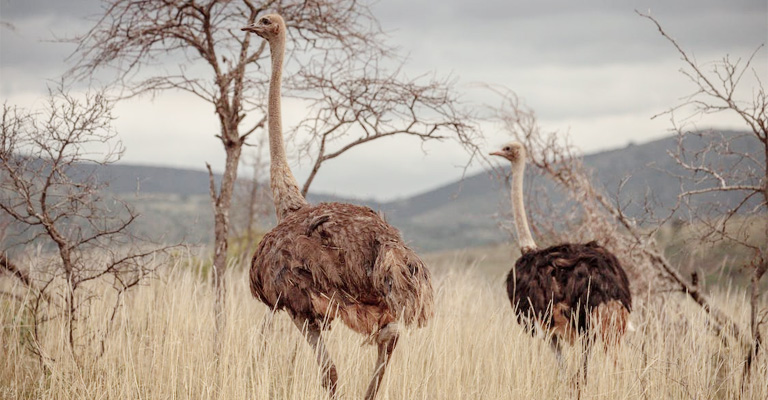
Ostriches are the largest and heaviest living birds. They are also fast runners that can reach speeds of up to 70 km/h (43 mph).
They live in dry and hot habitats, such as deserts and savannas. They have a large intestine that can absorb water from their food and a urinary system that can concentrate their urine to reduce water loss.
They also have a crop that can store food for later digestion. An ostrich can survive up to two weeks without food but will only last about five days without water.
Albatrosses:
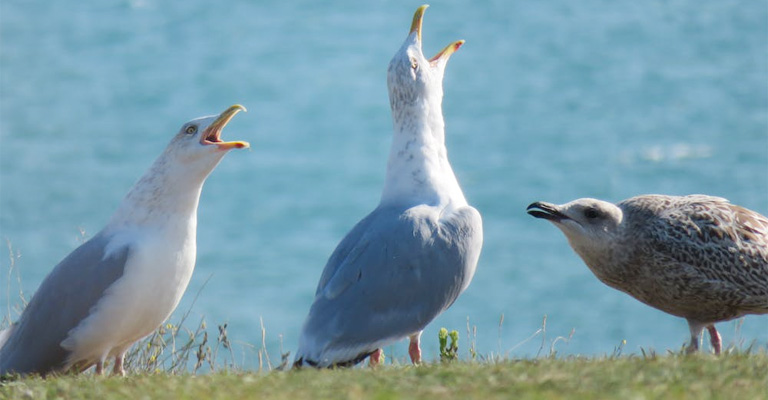
Albatrosses are large seabirds that can fly for long distances over the ocean. They have long and narrow wings that allow them to glide on the wind currents with minimal effort.
They feed on fish, squid, crustaceans, and other marine animals that they catch from the surface of the water or by diving into it. They have a salt gland that helps them excrete excess salt from their blood and a stomach that can store oil from their prey for later use.
An albatross can survive up to three weeks without food but will only last about six days without water.
Swifts:
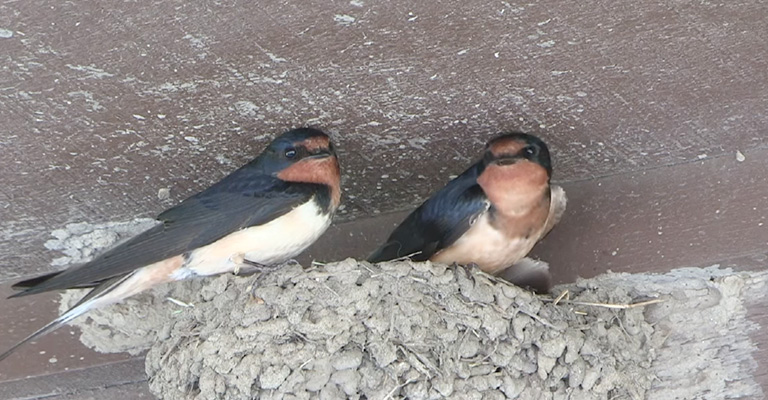
Swifts are small aerial birds that spend most of their lives in flight. They have short and pointed wings that enable them to fly fast and maneuver well in the air.
They feed on insects that they catch in flight or by swooping down to the ground or water. They have a gizzard that helps them grind their food and a crop that can store food for later digestion.
A swift can survive up to four weeks without food but will only last about seven days without water.
FAQ
Hummingbirds can fly varying distances without eating, thanks to their energy-efficient flight and ability to enter torpor. Some species fly nonstop for up to 18 to 24 hours, covering around 500 miles during migration.
Torpor is a state of reduced metabolic activity that hummingbirds enter during the night or when food is scarce.
It significantly lowers their energy consumption, enabling them to survive for hours or even days without eating.
Not all hummingbird species migrate long distances, but some undertake remarkable journeys.
For instance, the Ruby-throated Hummingbird crosses the Gulf of Mexico, covering about 500 miles nonstop during migration.
Before migration, hummingbirds build up fat reserves, which serve as fuel for their long flights.
These reserves provide the energy needed to sustain their high metabolism and activity levels during the journey.
While in flight, hungry or thirsty hummingbirds actively seek out nectar sources. Their exceptional eyesight and agile flight maneuvers help them locate flowers and feeding spots, ensuring they can find sustenance even while on the move.
Conclusion
The hummingbird’s capacity to traverse considerable distances without the need to feed or drink underscores the elegance of nature’s design.
From their swift migration across vast expanses to their mastery of torpor to conserve energy, these avian wonders redefine our understanding of endurance and adaptation.
The quest for nectar, a vital source of nourishment, drives their ceaseless flight across landscapes, highlighting their role as crucial pollinators in various ecosystems.
As we witness the vibrant blur of their wings in mid-flight, we are reminded that the world of hummingbirds is not just a spectacle of beauty but a profound lesson in the extraordinary capabilities that evolve when survival is intertwined with nature’s intricate mechanisms.